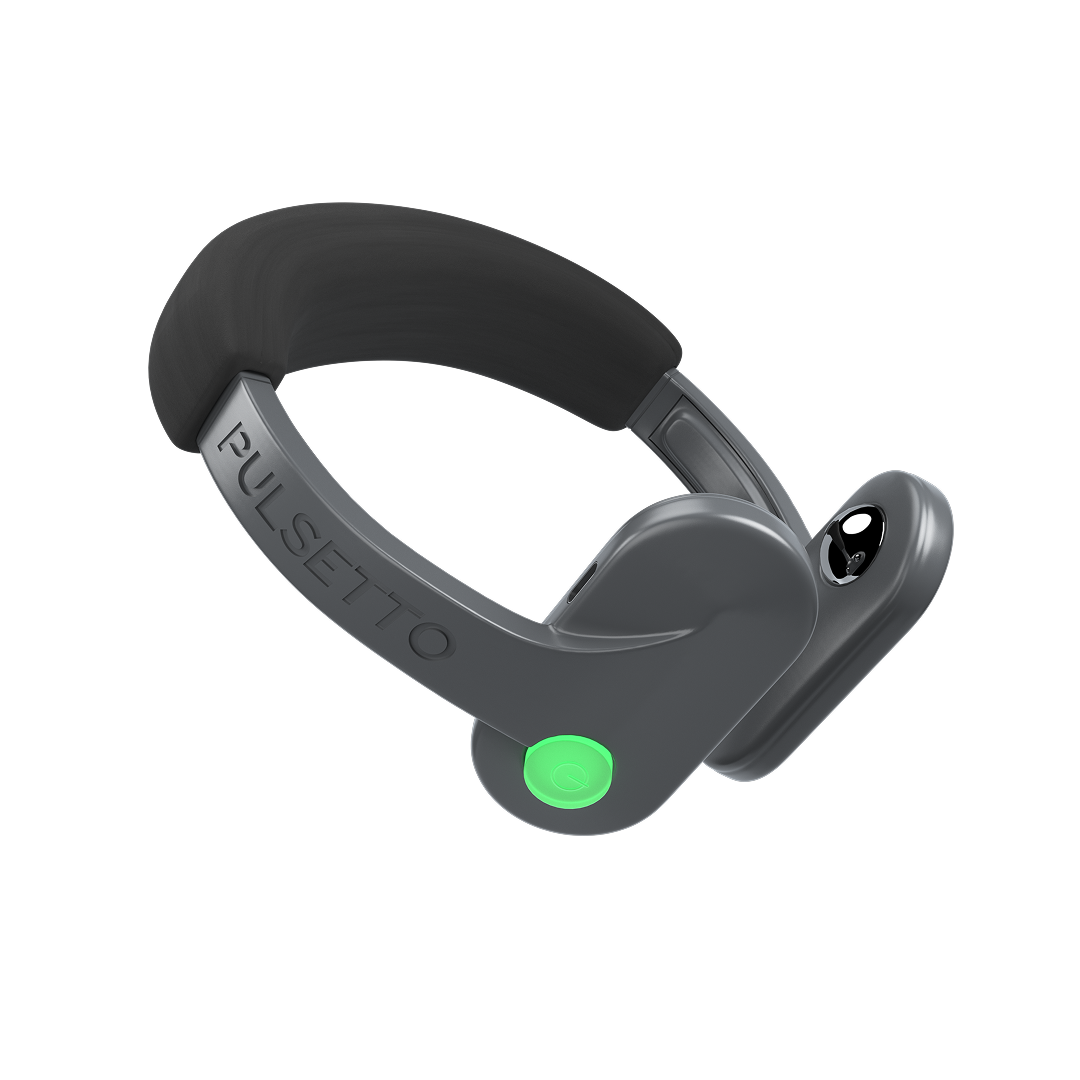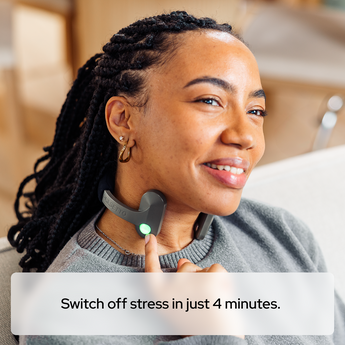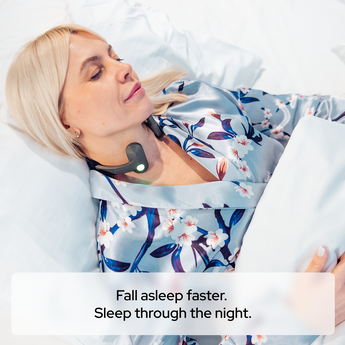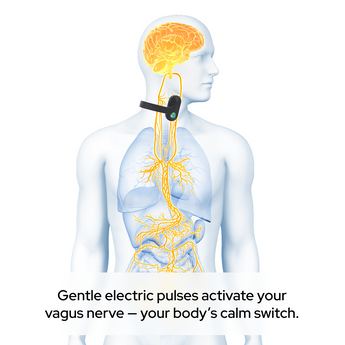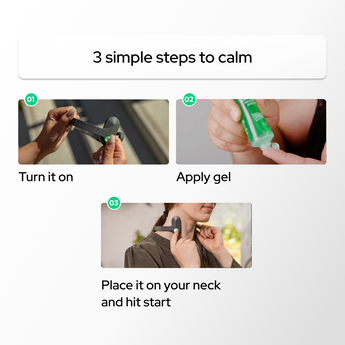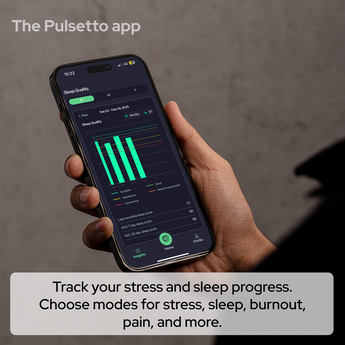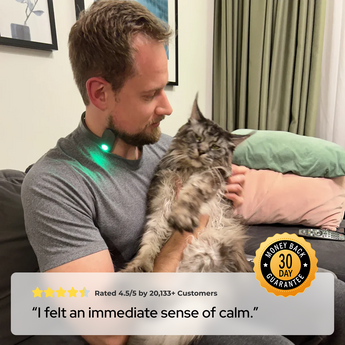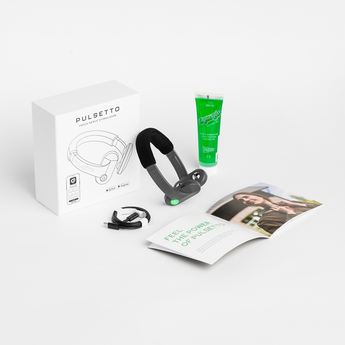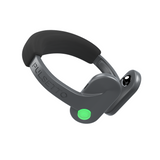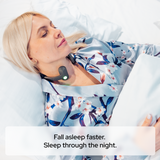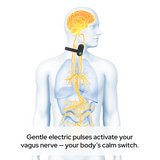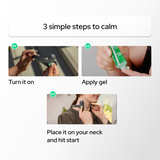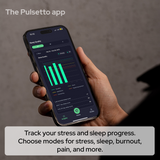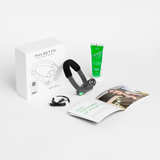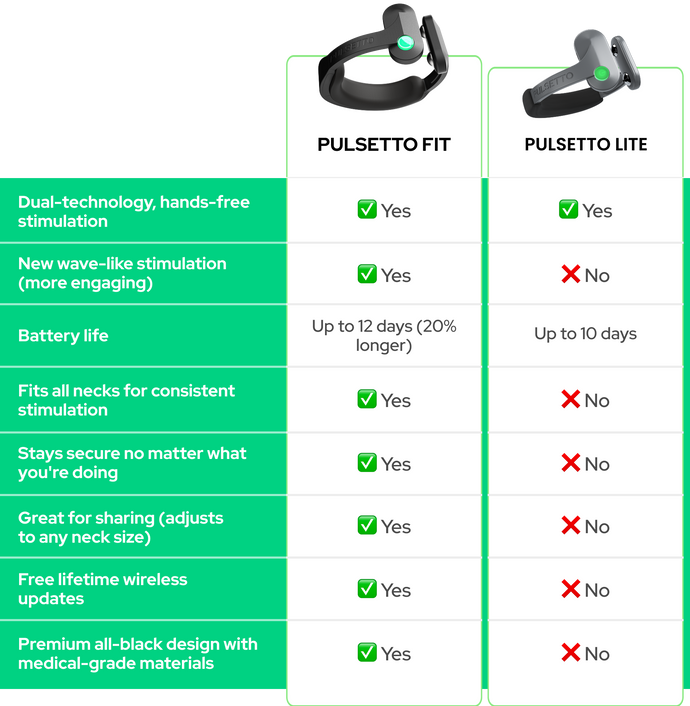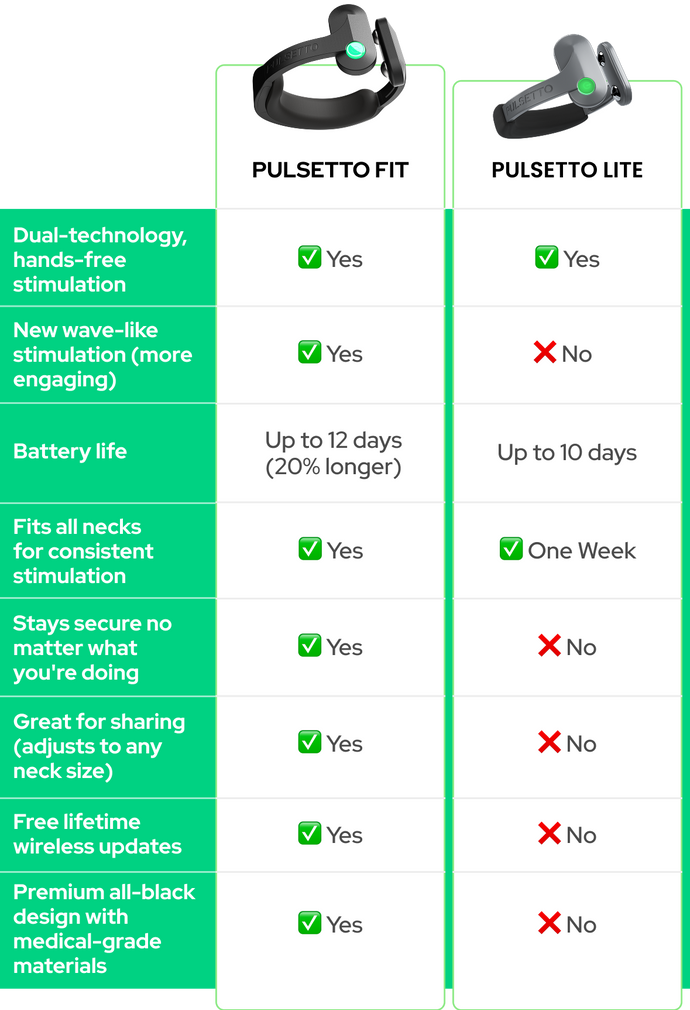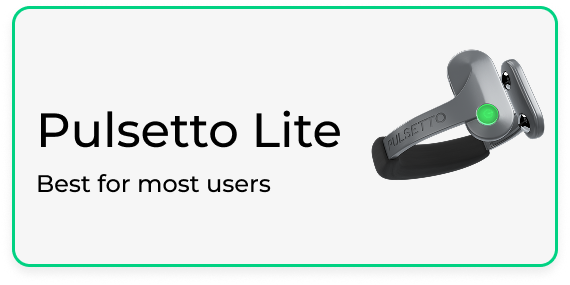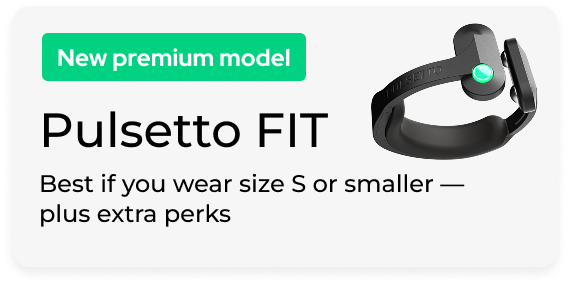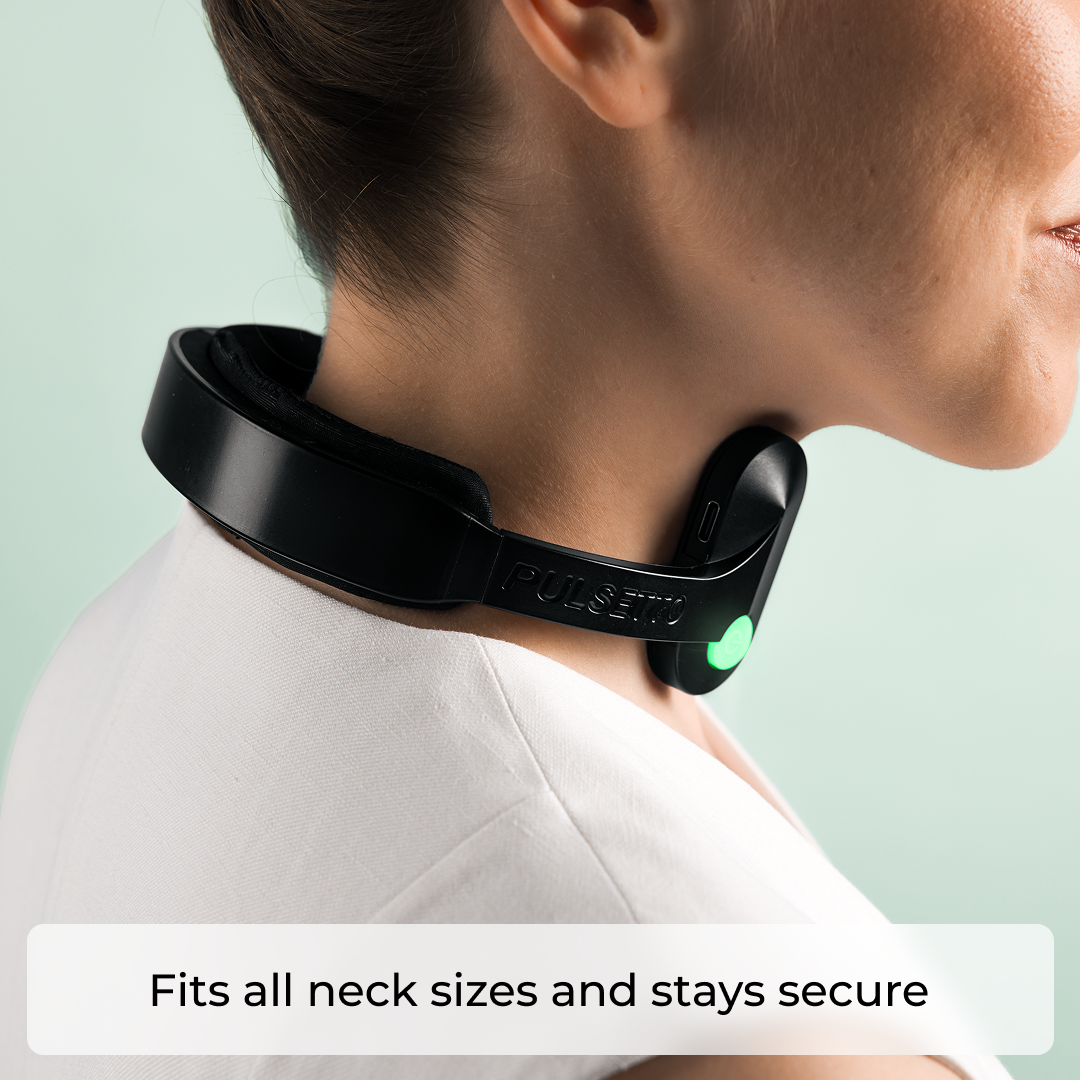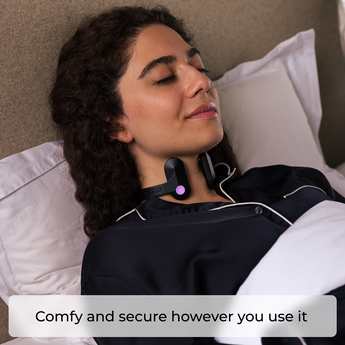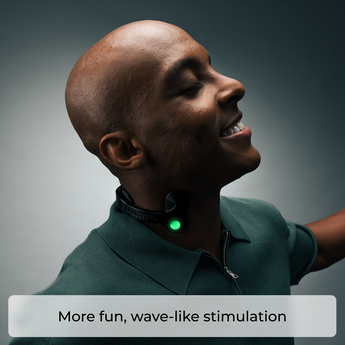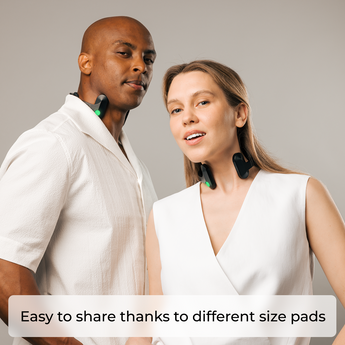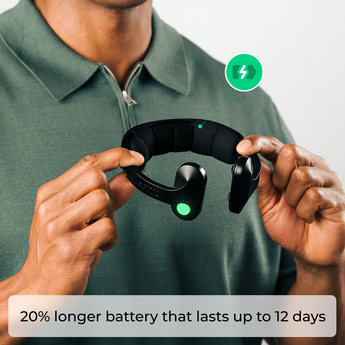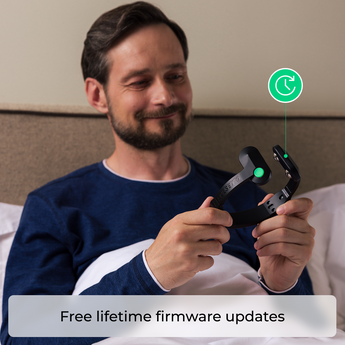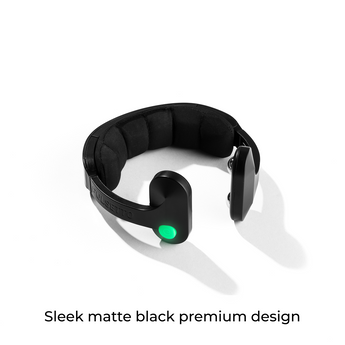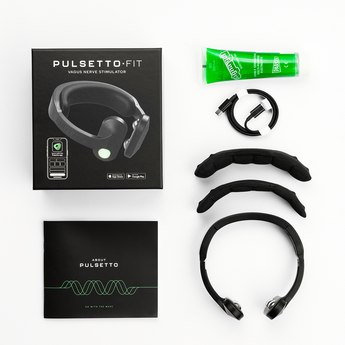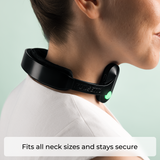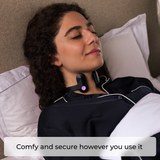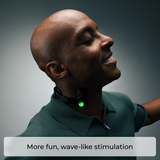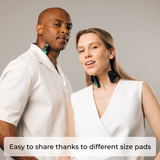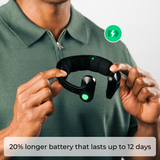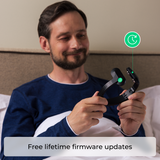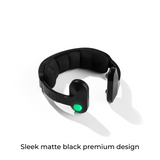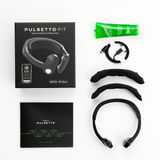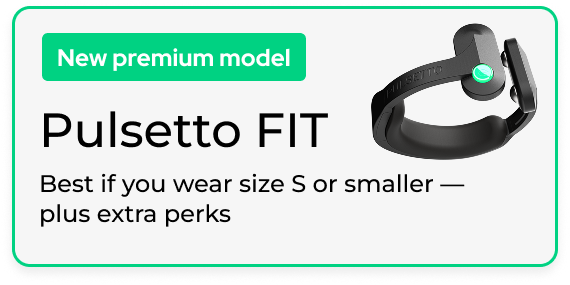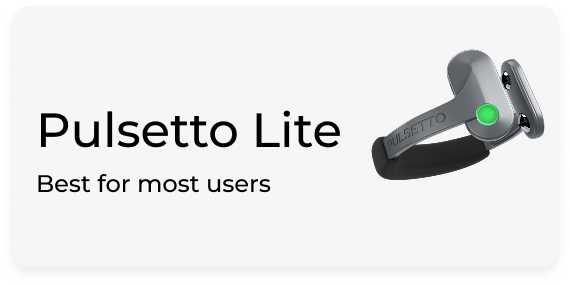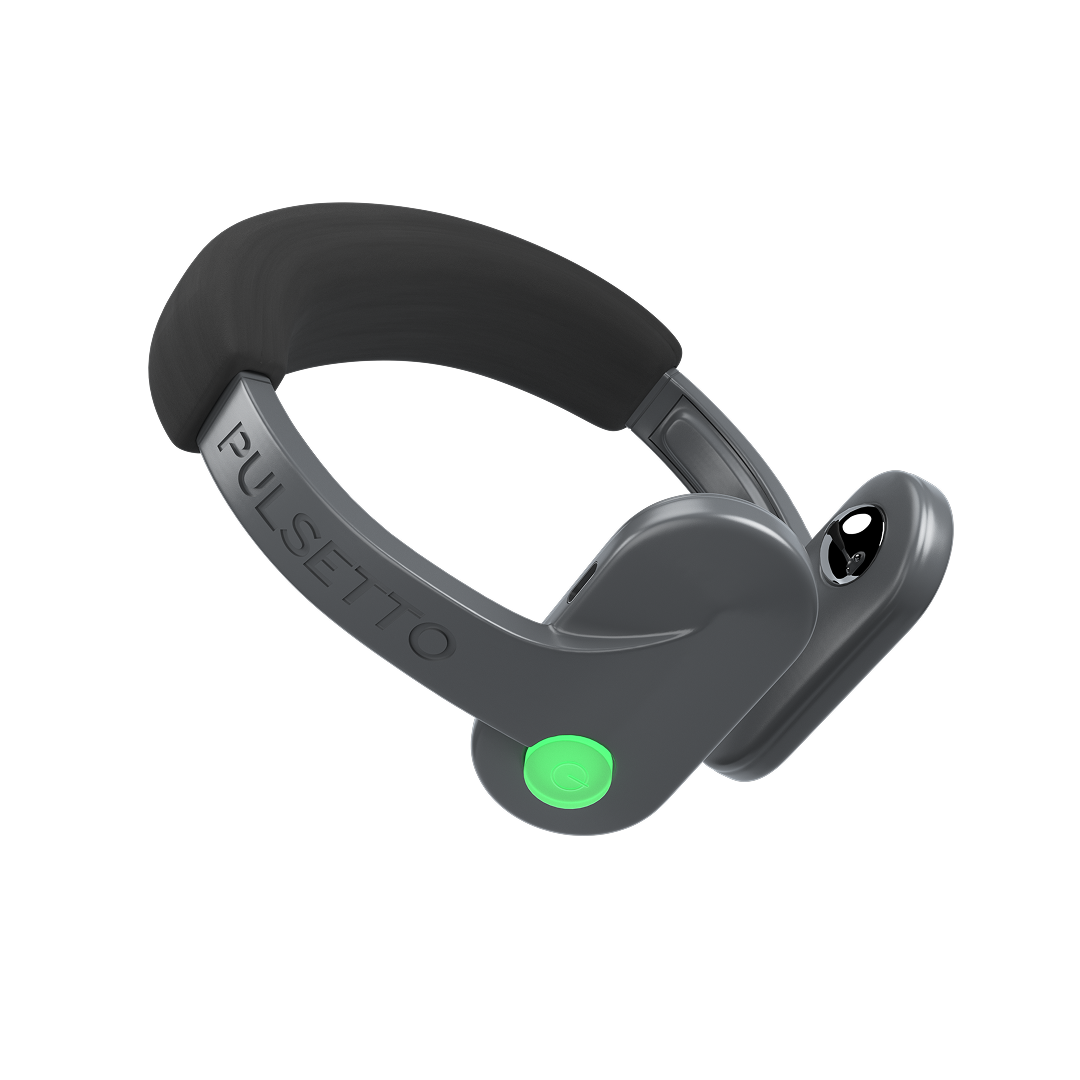|
Rank
|
Wellness Tech
|
Description
|
|
2
|
WHOOP 5.0
|
The WHOOP 5.0 wearable is very strong among recovery and performance devices. It offers extended battery life (~14 days in some reports), more efficient power usage, and enhanced sensing (e.g. improved ECG / heart screening, blood pressure wellness features). It aggregates a variety of biometrics (HRV, resting heart rate, sleep metrics, exertion) and gives actionable insights about when to exert and when to recover. For people serious about performance, fitness, or simply improving resilience, it’s very high on the list.
|
|
3
|
Continuous Glucose Monitoring (CGM) Devices (Dexcom G7 / Stelo etc.)
|
CGMs in 2025 are moving beyond diabetic care into “metabolic wellness” for the broader population. Dexcom G7 remains a benchmark with improvements in accuracy, sensor life, and integration with other devices/apps. Devices like Stelo aim to make CGM insights more affordable and accessible for people who don’t need insulin therapy but want insight into how foods, sleep, and stress impact glucose. The utility is in real-time feedback that can inform diet, rest, and activity. The challenges still include sensor discomfort, cost, and dealing with data overload or interpretation.
|
|
4
|
Withings Omnia (AI-Smart Mirror)
|
Withings’ Omnia is a futuristic concept smart mirror presented at CES 2025. It’s intended to combine full-body scans, body composition, integration of multiple health metrics (from wearables, smart beds, scales, etc.), and offer feedback via AI, possibly voice, even telehealth consultations. Because it aggregates many wellness signals in an ambient, non-wearable, home environment, it represents a new direction: wellness tech embedded in your environment rather than being something you always wear. If it comes to market, it could change how people track and respond to health cues.
|
|
5
|
Ozlo Sleepbuds / Advanced Sleep Tracking Tech
|
Sleep remains a central pillar of wellness. Devices like Ozlo Sleepbuds (earbuds that double as noise blockers / ambient sound providers, designed for comfort even when side-sleeping; can sense sleep onset and adjust sound) are pushing the envelope. Also, AI-powered headbands or wearables are appearing that monitor deeper signals (brain waves, movement, etc.) and deliver personalized interventions (e.g. audio, tone) to enhance sleep quality. These technologies are still refining comfort, battery life, and accuracy, but usage in 2025 is rising fast.
|
|
6
|
Smart Environmental Wellness Devices (e.g. Ultrahuman Home, Air Quality Monitors)
|
The home environment’s effect on health is better understood now. Devices that monitor and optimize ambient conditions, air quality (VOCs, CO₂, particulates), humidity, temperature, noise, and lighting are growing. Ultrahuman Home is an example of this trend. Also, monitors like uHoo are rated among the best devices for indoor environmental health. Such tech helps reduce triggers for allergies, improve sleep, and support overall well-being. The challenge is integration, cost, and sometimes convincing people of the return on investment.
|
|
7
|
Smart Rings / Minimalist Wearables (Oura, Samsung Galaxy Ring etc.)
|
Wearable wellness is becoming more subtle. Smart rings are especially appealing because they are less intrusive than wrist devices, more discreet, yet increasingly powerful. For example, the Oura Ring continues to be a standard bearer for tracking sleep, recovery, and readiness. Also, “smart” rings or wearables that aim to include more advanced signals (maybe noninvasive glucose, maybe more accurate sensors, more integration) are emerging. The appeal is always-on, low-burden monitoring.
|
|
8
|
Femtech Non-Pharma Pain / Symptom Relief Devices (e.g. Matri Pro)
|
Devices that address pain or symptoms non-pharmacologically are climbing the ranks. Matri Pro, for example, is a slim wearable using TENS (Transcutaneous Electrical Nerve Stimulation) for menstrual cramp relief. This kind of technology is important because many people have recurring symptoms (period pain, muscle aches) and want minimal side effects. These devices are improving in comfort, portability, and user control. As regulations, data, and user feedback improve, such devices will grow.
|
|
9
|
AI-Assisted Recovery and Performance Tools (e.g. Therabody “Coach”)
|
Traditional recovery tools (massage guns, percussive therapy, heat/cold, etc.) are being augmented with AI features that personalize recovery routines, adapt in real-time to soreness, and adjust intensity. E.g., Therabody is introducing “Coach”, an AI feature in their apps to guide recovery based on user data. This kind of pairing of hardware + smart software improves outcomes. For those training or under physical stress, this is a powerful class of wellness tech.
|
|
10
|
Mental Health & Mindfulness Tech (Apps + Wearables)
|
Finally, tools focused on mental wellness remain essential. This includes meditation/mindfulness apps, stress trackers, wearables that detect physiological stress (e.g. via HRV, skin conductance), biofeedback devices, etc. Many devices/software hybrids are pushing forward in detection (e.g. early signs of anxiety), in intervention (guided breathing, feedback, ambient cues), and in integration (tying into daily routines). The emphasis in 2025 is on usability, minimal friction, real-time adaptive support, rather than heavy manual interaction.
|



